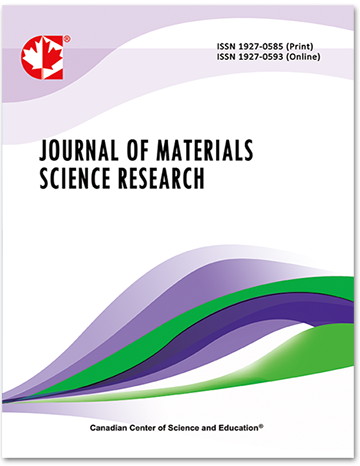Selenium Speciation in Waste Materials From an Exhausted Iberian Pyrite Belt Mine
- Maria-Ondina Figueiredo
- Teresa Silva
- Joao Veiga
- Maria-Joao Batista
- Eduardo Salas-Colera
- Daniel P. de Oliveira
Abstract
Selenium is an essential nutrient for humans, animals and microorganisms, but it becomes toxic at concentrations slightly above the nutritional levels. This naturally occurring trace element can be released to the environment from various anthropogenic sources such as mining, agricultural, petrochemical and industrial processes and its toxicity is developed along a complex cycle involving adsorption by soil components and subsequent accumulation by plants. In the environment, selenium can occur in several oxidation states ranging from selenide (Se=) to elemental selenium (Se0), selenite (Se4+) and selenate (Se6+). Selenium contents above 900 ppm were recently assigned in mine wastes from the sulphur factory at the São Domingos exhausted pyrite mine exploited in the Iberian Pyrite Belt (south Portugal) since Roman times until 1966. Aiming at a sustainable remediation of this mining site, an X-ray absorption spectroscopy study using synchrotron radiation, combined with X-ray diffraction, was undertaken to clarify the speciation state of selenium and the nature of Se-carrier phase(s). The results show that selenium does not significantly replace sulphur under the form of selenate in the dominant sulphate phases and occasionally remains as a substituting selenide anion in debris of the original sulphides present in the mine waste materials.
- Full Text:
 PDF
PDF
- DOI:10.5539/jmsr.v3n4p22
Journal Metrics
Impact Factor 2022 (by WJCI): 0.583
Google-based Impact Factor (2021): 0.52
h-index (December 2021): 22
i10-index (December 2021): 74
h5-index (December 2021): N/A
h5-median (December 2021): N/A
Index
- CAS (American Chemical Society)
- CNKI Scholar
- Elektronische Zeitschriftenbibliothek (EZB)
- EuroPub Database
- Excellence in Research for Australia (ERA)
- Google Scholar
- Infotrieve
- JournalTOCs
- LOCKSS
- NewJour
- PKP Open Archives Harvester
- Qualis/CAPES
- SHERPA/RoMEO
- Standard Periodical Directory
- Universe Digital Library
- WJCI Report
- WorldCat
Contact
- John MartinEditorial Assistant
- jmsr@ccsenet.org
